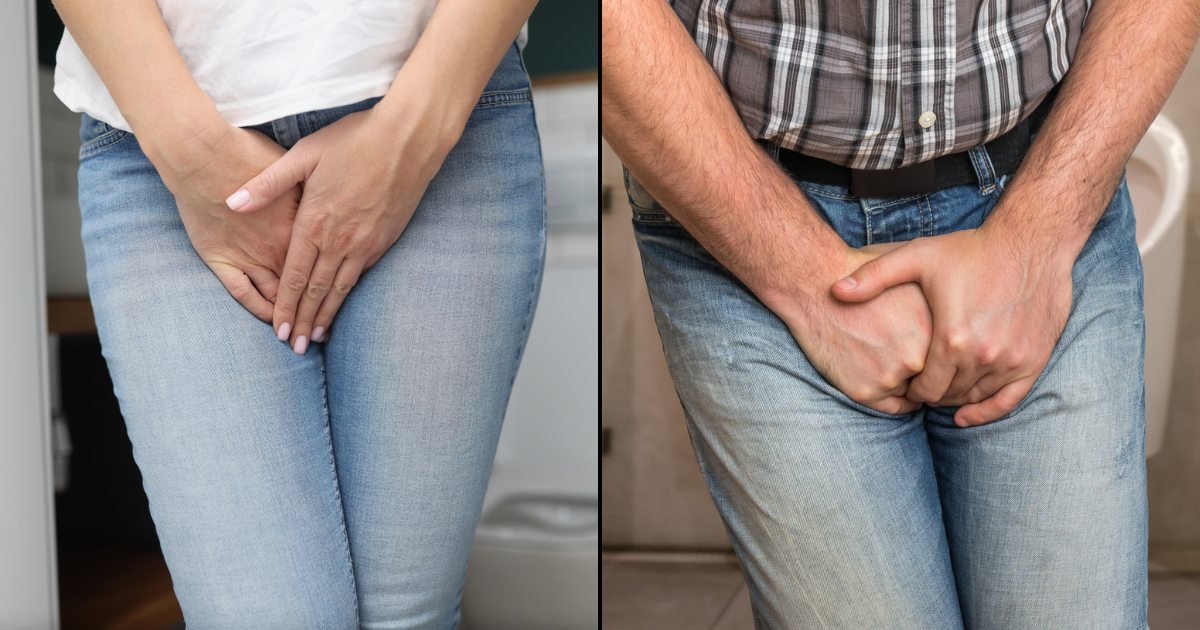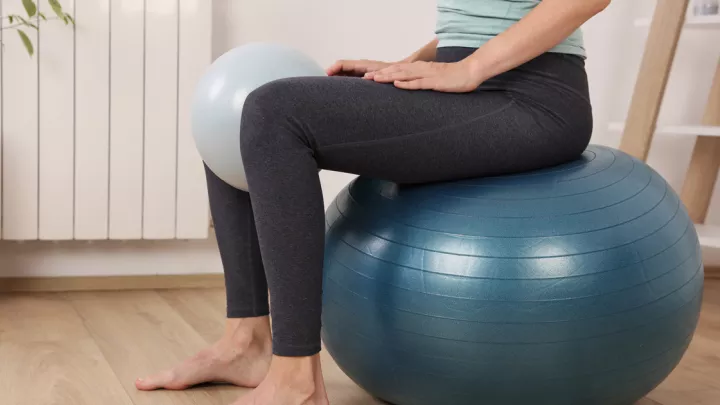You asked, we answered: I can't control when I pee. How can I fix it?

Question:
I can’t control when I pee. How can I fix it?
Answered by women’s pelvic floor disorder specialist Jen Cera, APRN-NP
(For those assigned female at birth)
Loss of bladder control or urinary incontinence is very common, especially in women. Over 33 million women in the U.S. have urinary incontinence, and the prevalence rates continue to rise. Risk factors for women include vaginal delivery, number of deliveries and heavy lifting occupations. Some medical conditions also contribute to developing urinary incontinence, such as menopause, diabetes, obesity, chronic cough, as seen with emphysema or asthma, and neurologic disorders, such as multiple sclerosis.
Many treatment options exist to prevent, modify and/or treat this condition. Different types of urinary incontinence exist. Each type is not mutually exclusive, and several options are available for treatment.
The three main types of incontinence and related symptoms include:
- Stress incontinence: Typically results from anatomical changes such as pelvic organ prolapse and weak pelvic floor muscles. This type of leakage occurs with increased intra-abdominal activity, such as laughing, coughing, sneezing, bending and exercising.
- Overactive bladder and urge incontinence: If you use the restroom more than seven times per day or get up at night more than once, you may have an overactive bladder. If you experience leakage associated with urinary urgency, this is urge incontinence. Often, women will feel that their bladder contracts “without permission.” These contractions give a strong sense of needing to use the restroom quickly, often leading to leakage. Common triggers for this type of incontinence include running water, needing to use the bathroom as soon as you get home from being out or “key-in-door syndrome,” feeling urinary urgency when seeing a toilet, with cold weather, or seeking out where restrooms are in stores, otherwise known as “bathroom mapping.”
- Mixed incontinence: a combination of stress and urge urinary incontinence, and is the most common.
The most important thing for women to know is that urinary incontinence is common, preventable and treatable!
Since different types of urinary incontinence exist, women must discuss their symptoms with their health care provider to develop an individualized treatment plan that best suits them.
- Lifestyle factors: The first step is understanding simple lifestyle modifications to decrease and/or prevent incontinence. Understanding how fluid intake, bladder irritants, diet and bowel regularity affect our bladder is important to the overall health of our bladder function.
- Pelvic floor muscle exercises: Women must often be coached on correctly performing pelvic floor muscle contractions. Several options exist to promote strengthening, including home or office pelvic floor biofeedback and stimulation sessions.
- Pessary: Inserting a pessary, or a small silicone ring, supports the urethra, preventing incontinence.
- Medications: Your medical provider can prescribe certain medications to address urge incontinence, allow you more time to get to the bathroom, and decrease the frequency of bathroom trips.
- Estrogen: Vaginal estrogen is vital in decreasing stress and urge incontinence and helps reduce urinary tract infections.
- Botox injections: This therapy is helpful in women with urge incontinence where medications have not been effective.
- Bulking agents: A bulking agent is helpful for stress incontinence. This medication is injected at the bladder neck (or where the urethra meets the bladder), providing resistance against leakage.
- Surgery: Procedures such as a sling – a mesh placed under the urethra to prevent stress urinary incontinence.
Despite the prevalence, urinary incontinence is not something any woman should accept as a “normal” part of her life at any age. Your medical provider can work with you at all stages of your life, such as before delivery, postpartum, and throughout all stages of life. With a proactive effort, incontinence can be prevented, and early intervention is essential to tackling this issue. So, contact your health care provider today if you have any questions or need help with urinary incontinence.





